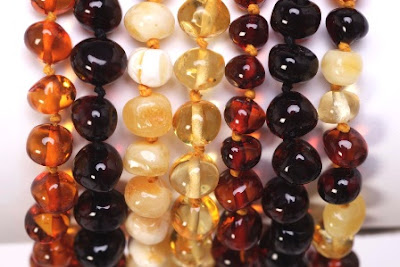Why so many moms quit breastfeeding?
What the #1 reason moms quit breastfeeding? Not enough milk. It is the most common reason for stopping nursing and introducing formula in the first two weeks of a baby's life.
Why so many mothers struggle with something their bodies designed to?
What Nursing Moms Need
Here's what helps:
Skin-to-skin-contact
Being skin to skin with mom right after birth helps a baby get ready to suckle for the first time. " Early skin-to-skin contact - ideally for at least an hour immediately after birth - seems to help the baby's ability to latch properly," - Beverly Chalmers, an independent Ottawa researcher and lead author of the Maternity Experiences Survey.
No formula (unless absolutely necessary)
Any bottle of formula(or water) in the first days of a baby's life disrupts the establishment of the mother's milk supply. " If you give the baby formula, she will drink less mother's milk. If the baby drinks less breast milk, the mother makes less milk." Plus, the baby misses an early opportunity to learn to suckle, and make no mistake, the baby's skill at nursing is part of the milk-making equation.
The mother will also have to express milk, so her brain keeps getting the signal to make it. But if she's not shown how, has no encouragement from family or friends, goes home with a sample of formula, and then can't find help if she runs into problems, it can be the beginning of a serious milk supply problem.
Rooming-in and feeding on demand
Having babies and moms together 24 hours a day, and feeding the baby whenever she(he) wants - even if she(he) just nursed a half an hour ago - are strategies that go together because both lead to more frequent nursing, which is what helps a moth make milk.
Frequent nursing is not only normal, it's necessary.
Yet how many mothers have heard someone say, "You're feedim him again already? He can't be hungry yet! Does that kid ever stop nursing?"
Frequent nursing is not only normal, it's necessary because it stimulates the breast to make milk. This is particularly important in the early days when the milk supply is just being established.
Showing moms how to breastfeed
Milk supply isn't just about the mother's body making milk; it's also about getting it into the baby. A good latch is key. If the mother is making milk, but the milk is not flowing to the baby properly - often because of latch problems - then the milk gets stuck in the breast. So the baby isn't getting milk, the breasts swell and get sore, and nursing becomes uncomfortable and discouraging. On the other hand, the baby's efficient sucking because of a good latch signals the mother's breast to make more milk.
More challenges
Here are the basics of a good latch:
- It's not just sucking on the nipple. The baby's mouth is wide open and nipple is at the back of his mouth.
- His chin will be pressed against the breast, and his nose, though close to the breast, will not be pressed in like the chin.












